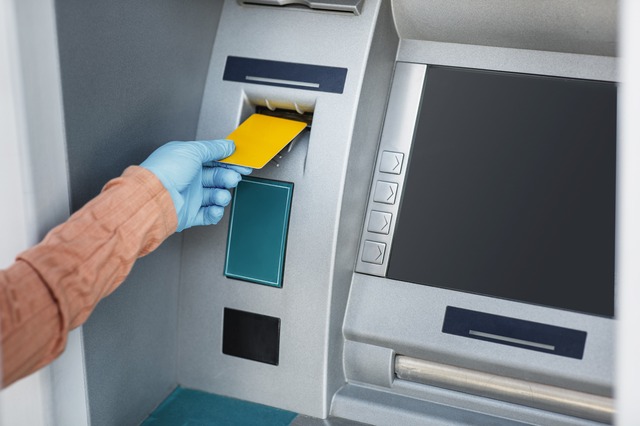Credit cards are one of the most common payment methods in America. They can be swiped at a point of sale terminal, inserted into a contactless device, or placed in virtual “wallets” on smartphones and watches.
Most consumers, however, prefer debit cards to credit cards. A study cited by the Wall Street Journal finds that debit card spending has increased since the coronavirus pandemic.
Debit cards
Debit cards are similar to credit cards, but instead of drawing funds from a line of credit, they draw directly from a customer’s checking account. They are convenient, safer than carrying cash, and offer a little fraud protection, although not as much as a credit card. They are also usually free and can be used anywhere that credit cards are accepted.
They typically have daily limits, but you can ask your bank to temporarily raise them for a specific purchase. They are also good for tracking spending and avoiding overspending.
However, debit cards can cause issues if you’re not careful. A new report by Mercator Advisory Group examines debit cards’ most common usage among consumers and recommends steps to help them spend responsibly. Its findings are based on an analysis of primary data, and are aimed at helping issuers improve consumer engagement and debit utilization. The full report can be downloaded here. (As a bonus, the report also provides tips for optimizing mobile experiences). Truth in Data is a weekly podcast from the financial industry’s leading source of research and data on the world’s most important payments topics.

Credit cards
Credit cards are a popular form of payment for goods and services. When used responsibly, they can be a convenient and flexible method of purchasing, but when used irresponsibly, they can lead to debt. Credit card transactions create consumer loans that are included in the overall money supply statistics, and they typically have a variable interest rate.
The average American makes 18 credit card transactions per month. While this is less frequent than debit card usage, it is still the second most common payment method after cash. Credit cards can be used for purchases at retail stores, online, or in restaurants. Some retailers offer branded credit cards with the store’s name on them, while others partner with banks to issue co-branded major credit cards like Visa or MasterCard. Many of these cards offer perks, such as rewards points or discounts, to encourage customer loyalty. Generally, credit cards are more common among older Americans and those with higher incomes.
E-wallets
E-wallets are mobile and computer-based applications that facilitate online transactions and cashless in-store payments. They store credit cards, debit cards, boarding passes, tickets and other information in a digital form. They are also safer and more convenient than carrying paper wallets.
The most popular e-wallets include Apple Pay, Samsung Pay and Google Pay. Apple Wallet is built into iPhones, the Apple Watch and Macs, while Samsung Pay is available on many different smartphones and tablets. Both systems use near-field communication technology to make contactless in-store purchases. Google Pay links directly to consumers’ bank accounts, reducing the need for users to add their credit cards to their phones.
While e-wallets offer convenience, they can also be vulnerable to hacking. All of the information stored in an e-wallet is online, making it a target for cybercriminals. The e-wallet’s provider is responsible for protecting this data, but it’s still important to take security measures to protect your personal and financial information.
Prepaid cards
Prepaid cards allow consumers to use plastic without the risk of credit card debt. These cards can be used for a variety of purposes, including to help teach budgeting habits or for those who are unable to qualify for an unsecured credit card. However, these cards typically have fewer protections than credit cards. For this reason, it is important to carefully research the terms and conditions of any prepaid card you choose before purchasing one.
Many prepaid cards are backed by major credit card companies like Visa or MasterCard and can be used anywhere those brands are accepted. They can also be reloaded with funds from a checking or savings account, and some come with features that make them more attractive to certain customers, such as travel or international spending. But prepaid cards have their pros and cons, and they can often be expensive to use. Some cards charge fees for reloading money, monthly maintenance, ATM withdrawals and inactivity.